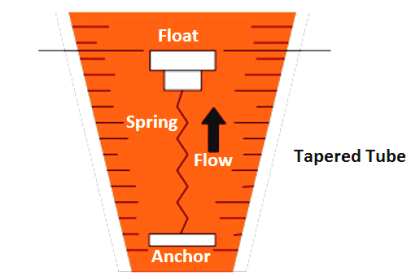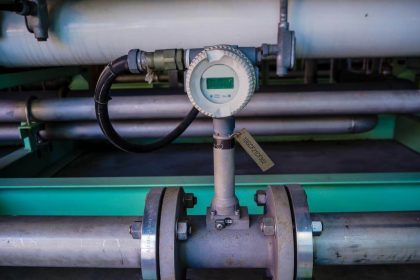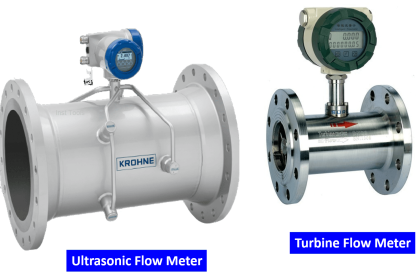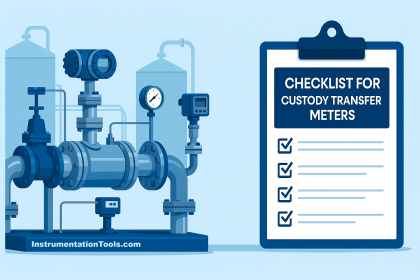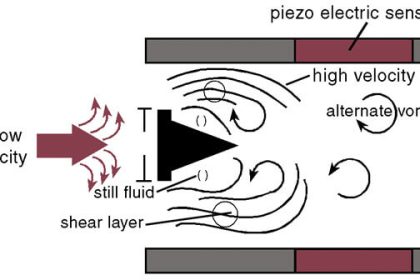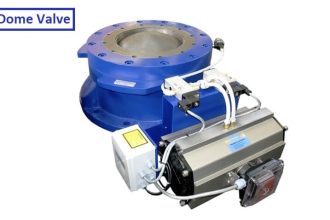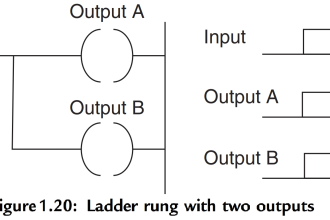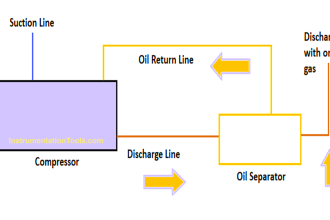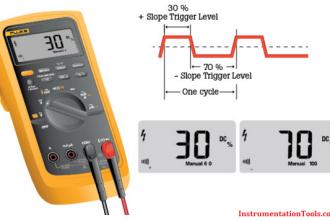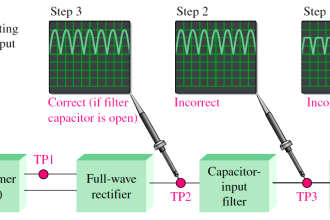A variation on the theme of turbine flow measurement is the paddle wheel flow meter, a very inexpensive technology usually implemented in the form of an insertion-type sensor.
In this instrument, a small wheel equipped with “paddles” parallel to the shaft is inserted in the flow stream, with half the wheel shrouded from the flow.
Paddle Wheel Flow Meter
A photograph of a plastic paddle wheel flow meter appears here:
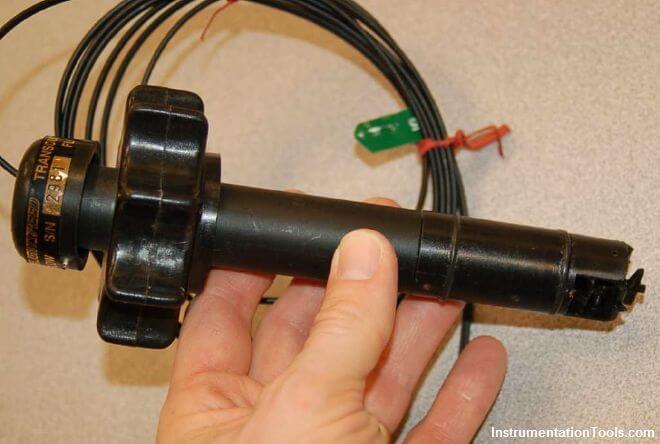
A surprisingly sophisticated method of “pickup” for the plastic paddle wheel shown in the photograph uses fiber-optic cables (optional) to send and receive light.
One cable sends a beam of light to the edge of the paddle wheel, and the other cable receives light on the other side of the paddle wheel.
Principle of Operation
As the paddle wheel turns, the paddles alternately block and pass the light beam, resulting in a pulsed light beam at the receiving cable.
The frequency of this pulsing is, of course, directly proportional to volumetric flow rate.
The external ends of the two fiber optic cables appear in this next photograph, ready to connect to a light source and light pulse sensor to convert the paddle wheel’s motion into an electronic signal:
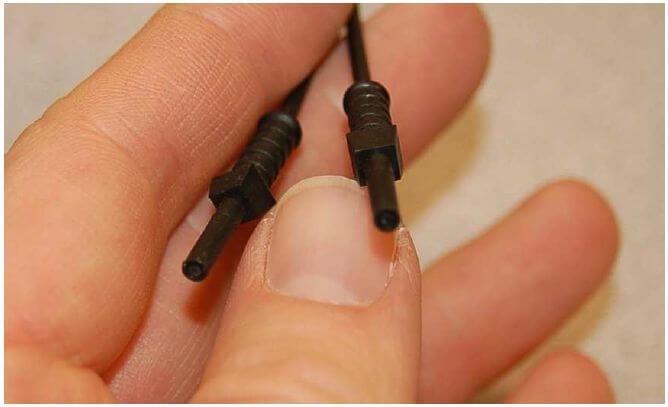
A problem common to all turbine flow meters is that of the turbine “coasting” when the fluid flow suddenly stops.
This is more often a problem in batch processes than continuous processes, where the fluid flow is regularly turned on and shut off.
Problems of Flow Meters
This problem may be minimized by configuring the measurement system to ignore turbine flow meter signals any time the automatic shutoff valve reaches the “shut” position.
This way, when the shutoff valve closes and fluid flow immediately halts, any coasting of the turbine wheel will be irrelevant.
In processes where the fluid flow happens to pulse for reasons other than the control system opening and shutting automatic valves, this problem is more severe.
Another problem common to all turbine flow meters is lubrication of the turbine bearings. Frictionless motion of the turbine wheel is essential for accurate flow measurement, which is a daunting design goal for the flow meter manufacturing engineers.
The problem is not as severe in applications where the process fluid is naturally lubricating (e.g. diesel fuel), but in applications such as natural gas flow where the fluid provides no lubrication to the turbine bearings, external lubrication must be supplied.
This is often a regular maintenance task for instrument technicians: using a hand pump to inject light-weight “turbine oil” into the bearing assemblies of turbine flow meters used in gas service.
Process fluid viscosity is another source of friction for the turbine wheel. Fluids with high viscosity (e.g. heavy oils) will tend to slow down the turbine’s rotation even if the turbine rotates on frictionless bearings.
This effect is especially pronounced at low flow rates, which leads to a minimum linear flow rating for the flow meter: a flow rate below which it refuses to register proportionately to fluid flow rate.
If you liked this article, then please subscribe to our YouTube Channel for Instrumentation, Electrical, PLC, and SCADA video tutorials.
You can also follow us on Facebook and Twitter to receive daily updates.
Read Next:
- Variable Area Flow Meter
- Piston Flow Meter Principle
- Turbine Flow Meter Animation
- Dall Tube Flow Meter Principle
- Rotameter Selection Tips
